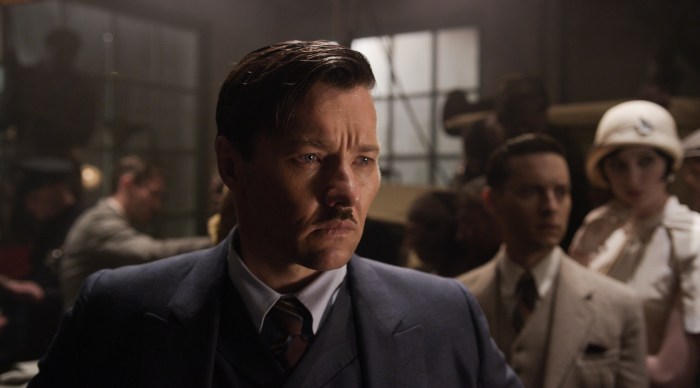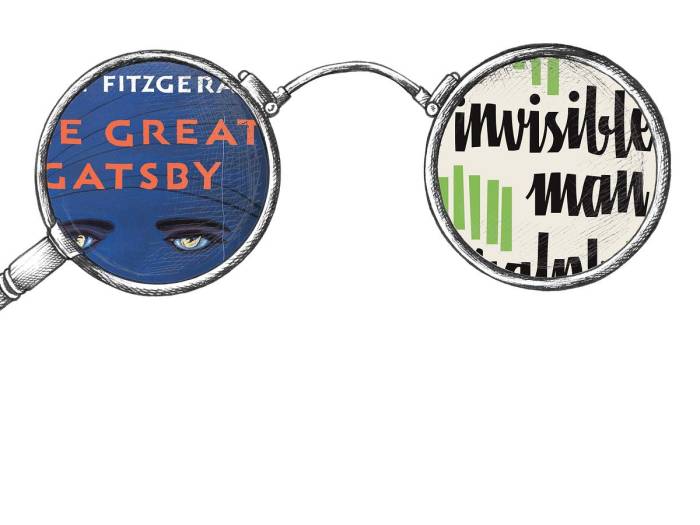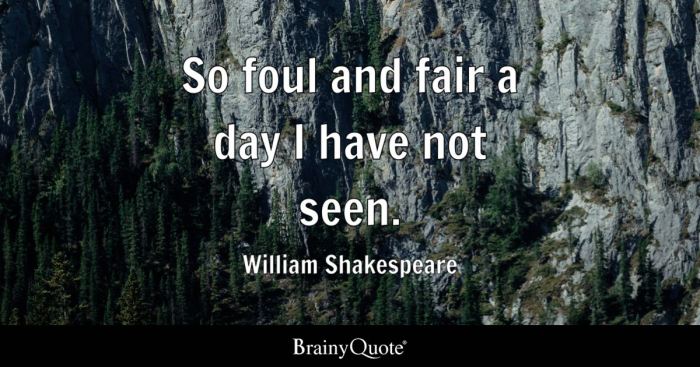Compare and contrast Gatsby and Tom, two iconic characters from F. Scott Fitzgerald’s masterpiece The Great Gatsby, sets the stage for this enthralling narrative, offering readers a glimpse into a story that is rich in detail and brimming with originality from the outset.
This literary exploration delves into the stark contrasts between Gatsby and Tom, examining their personal backgrounds, motivations, and relationships, while also analyzing the symbolism and literary techniques employed by Fitzgerald to develop these complex characters.
Personal Background and Characteristics
Gatsby and Tom, two contrasting characters from F. Scott Fitzgerald’s “The Great Gatsby,” represent distinct social strata and embody different values and aspirations. Gatsby, a self-made millionaire, hails from a humble background and possesses an enigmatic past. Tom, on the other hand, is a wealthy and privileged member of the old aristocracy, embodying the traditional values of the upper class.
Social Status and Upbringing
- Gatsby’s early life is shrouded in mystery, but it is evident that he worked his way up from poverty to immense wealth.
- Tom, in contrast, is a product of inherited wealth and social standing, his family belonging to the elite of the East Coast.
Personalities and Values
- Gatsby is driven by an unyielding determination and a romantic idealism, symbolized by his pursuit of Daisy Buchanan.
- Tom, on the other hand, is characterized by arrogance, entitlement, and a cynical worldview, believing that wealth and status grant him superiority.
Relationships, Compare and contrast gatsby and tom
- Gatsby’s relationship with Daisy is marked by an obsessive desire to recapture the past and fulfill a lost love.
- Tom, despite his infidelity, views Daisy as a possession and treats her with a sense of ownership.
The American Dream
Gatsby and Tom embody different facets of the American Dream. Gatsby’s relentless pursuit of wealth and success reflects the rags-to-riches ideal, while Tom represents the established elite who inherited their fortune and privilege.
Pursuit of Wealth and Success
- Gatsby’s determination to achieve wealth is driven by his desire to prove himself worthy of Daisy.
- Tom, on the other hand, views wealth as a natural entitlement and a means to maintain his social status.
Views on Social Class
- Gatsby believes that wealth can transcend social barriers and allow him to enter Daisy’s world.
- Tom, in contrast, believes that social class is immutable and that the upper class is inherently superior.
Love and Relationships
Gatsby and Tom’s relationships with Daisy Buchanan reveal their contrasting approaches to love and romance.
Relationships with Daisy
- Gatsby’s love for Daisy is idealized and romantic, rooted in the past and his desire to recreate a lost moment.
- Tom’s relationship with Daisy is based on convenience and possession, devoid of genuine affection or respect.
Approaches to Love
- Gatsby’s love is characterized by its intensity, passion, and willingness to sacrifice everything for Daisy.
- Tom’s approach to love is transactional, viewing women as objects to be possessed and controlled.
Symbolism and Motifs: Compare And Contrast Gatsby And Tom

Gatsby and Tom are associated with distinct symbols and motifs that reflect their characters and themes.
Colors
- Gatsby is often associated with green, symbolizing hope, vitality, and his desire to recapture the past.
- Tom is associated with yellow, representing wealth, decay, and his superficiality.
Objects
- Gatsby’s mansion is a symbol of his wealth and aspiration, yet it is also a testament to his unattainable dream.
- Tom’s polo ponies represent his elitism and his view of women as objects to be controlled.
Settings
- The East Egg and West Egg settings symbolize the social divide between the established elite and the nouveau riche.
- The Valley of Ashes represents the moral decay and disillusionment that permeates the novel.
Literary Techniques

Fitzgerald employs various literary techniques to develop the characters of Gatsby and Tom and convey the themes of the novel.
Foreshadowing
- The use of foreshadowing creates a sense of inevitability and doom, hinting at the tragic events that will unfold.
- Examples include the repeated references to the green light at the end of Daisy’s dock and the ominous description of Gatsby’s car as “a death car.”
Symbolism
- Fitzgerald uses symbolism extensively to convey deeper meanings and themes.
- The eyes of Dr. T.J. Eckleburg, for instance, symbolize the moral decay and judgment that permeates society.
Narrative Techniques
- The novel is narrated from the perspective of Nick Carraway, providing an insider’s view of the characters and events.
- The use of multiple perspectives allows Fitzgerald to explore the different viewpoints and motivations of the characters.
Q&A
What is the main difference between Gatsby and Tom?
Gatsby is a self-made man who represents the pursuit of the American Dream through wealth and success, while Tom is an old-money aristocrat who embodies the inherited privilege and entitlement of the upper class.
How do Gatsby and Tom view women?
Gatsby idealizes women and sees them as objects of desire, while Tom treats women with disdain and sees them as inferior.
What is the significance of the green light at the end of Daisy’s dock?
The green light symbolizes Gatsby’s hope and longing for Daisy, representing the unattainable dream that drives him throughout the novel.
